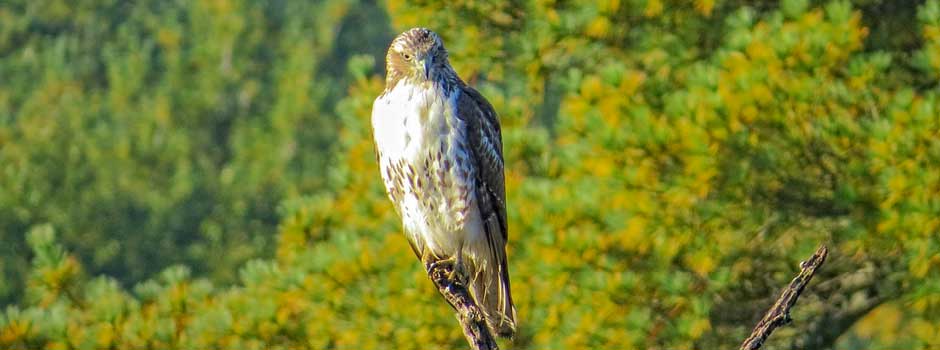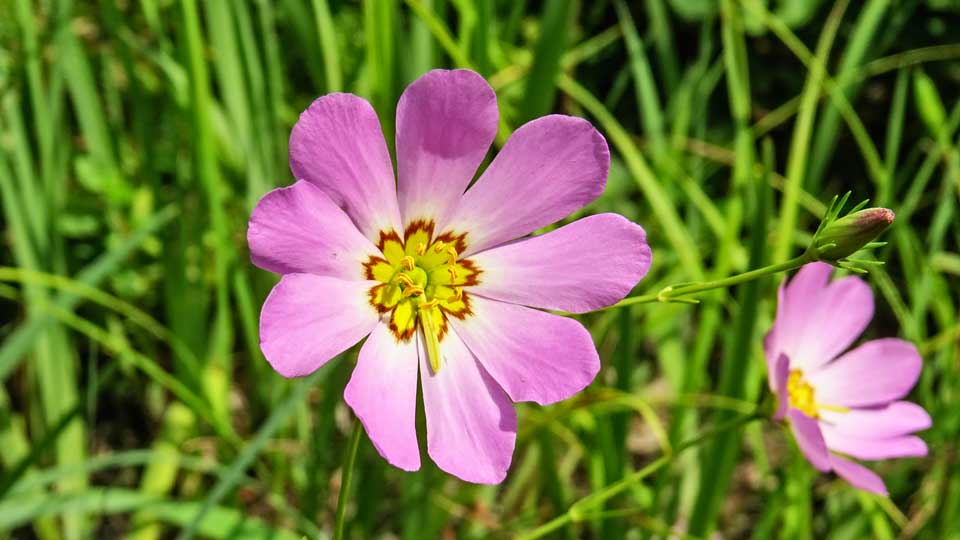In a few weeks our local elementary school is going to have a field day at Tupper Hill. There will be a number of stations for the children to visit throughout the day and I am excited to have the opportunity to teach them about vernal pools. I did an earlier blog post about the status of these ephemeral wetlands (see Vernal Pool Update); however, knowing what an important component they are in our woods they deserve another mention. In particular, because this year is so dry, vernal pools are easy to overlook.
The eggs of spotted salamanders and wood frogs have hatched leaving thousands of tiny larvae swimming about the pool. Wood Frog tadpoles tend to stay close together, at first feeding on algae growing on the mass of eggs from which they emerged until it disintegrates then grazing on plant matter and detritus in the pools. The salamander larvae have a different strategy, moving far away from their egg mass-mates. These larvae are carnivorous, feasting on small invertebrates and in some cases, their siblings. You can tell the difference between salamander larvae and wood frogs, as the salamanders have external gills that are reminiscent of a feathery boa.
There is so much to see in the pool aside from amphibians! The larvae of mayflies, dragonflies, damselflies and caddisflies as well as beetles abound. There are copepods, isopods, amphipods and clam shrimp. It’s a great time of year to introduce these wild things to children. That said, I have watched every day as the pools along our Vernal Pool Trail evaporate slowly. Even though we had over 100” of snow this year the ground is dry. Life in a vernal pool is truly a race against dryness. I hope that this year, in particular because of our special program, we get some rain soon!



